By Sam McGowan
When one thinks of carrier warfare in World War II, the Japanese and U.S. navies usually come to mind. While the two powers were the major proponents of carrier-based aviation as the primary instrument of sea power, the British Royal Navy operated a substantial fleet of aircraft carriers. And while they are often overlooked in discussions of the naval war in the Pacific, the Royal Navy’s carriers were very much a part of that conflict as well as the European Theater.
Request For Carriers With Armored Decks
During the mid-1930s, the British Admiralty asked for a new series of aircraft carriers that would feature armored flight decks configured as integral to the ship’s basic structure instead of being part of their superstructure, as was the practice with U.S. and most other aircraft carrier designs. Whether or not this concept increased the overall survivability of the British carriers is open to debate, but it did reduce the likelihood of aerial bombs penetrating into the depths of the ships.
The design plans for the new carriers were approved in June 1936. The landing decks were to be covered with 3-inch armor plates, while the hangar walls were to be built with armor plating 4 inches thick. The ships’ magazines and their vital machinery were to be protected by a 4-inch armor belt below the waterline. Final design changes included the armored side belt being lengthened forward by 28 feet and aft by 24 feet, the hangar being widened to 62 feet, and the main armament consisting of eight dual 4.5-inch QF MkIII HA guns. This would provide the carriers with a total of 16 4.5-inch guns for antiaircraft and ship defense.
An Illustrious Class Of Carriers
The first of the new armored carriers to be commissioned was HMS Illustrious, on April 5, 1939. It was followed by Formidable, commissioned on August 17, 1939, and Victorious, which was commissioned a month later on September 14. The three armored carriers are sometimes considered to make up the Illustrious class; they were followed by Indomitable, which was very similar in design except that it had two hanger decks and was unique in this regard. Implacable and Indefatigable were also armored carriers, but even though they were very similar to the Illustrious-class carriers, the two ships are often placed into a class by themselves. They were not commissioned until 1942 and did not enter service until the last years of the war. All six carriers were of equal displacement, each at 23,000 tons. They were capable of carrying from 36 to 50 aircraft, depending on the size of the airplanes.
An Historic First Attack Using Biplanes
Upon commissioning, Illustrious was assigned to the Mediterranean Fleet. On November 11, 1940, her planes took part in the first successful carrier raid in military history. Two striking forces made up of 21 Fairey Swordfish torpedo bombers launched from the carrier struck the Italian naval base at Taranto. Already obsolete at the beginning of the war, the Swordfish were single-engine biplanes with a top speed well under 150 knots. Twelve of the slow-moving biplanes were fitted with aerial torpedoes, while the rest were carrying either bombs or illumination flares.
The attack was carried out under the cover of darkness since the slow-moving Swordfish would have been sitting ducks for fighters and antiaircraft in daylight. At anchor inside the harbor lay the pride of the Italian fleet—five battleships, seven cruisers, and 11 destroyers. None of the ships was effectively protected against torpedo attack. The torpedo nets only extended to the depths of the bottom of the battleships, and the British had developed a new type of torpedo that could dive under the nets and explode under the target’s keel. Also in favor of the Swordfish was the fact that many of the barrage balloons that were protecting the harbor had been lost in a recent storm.
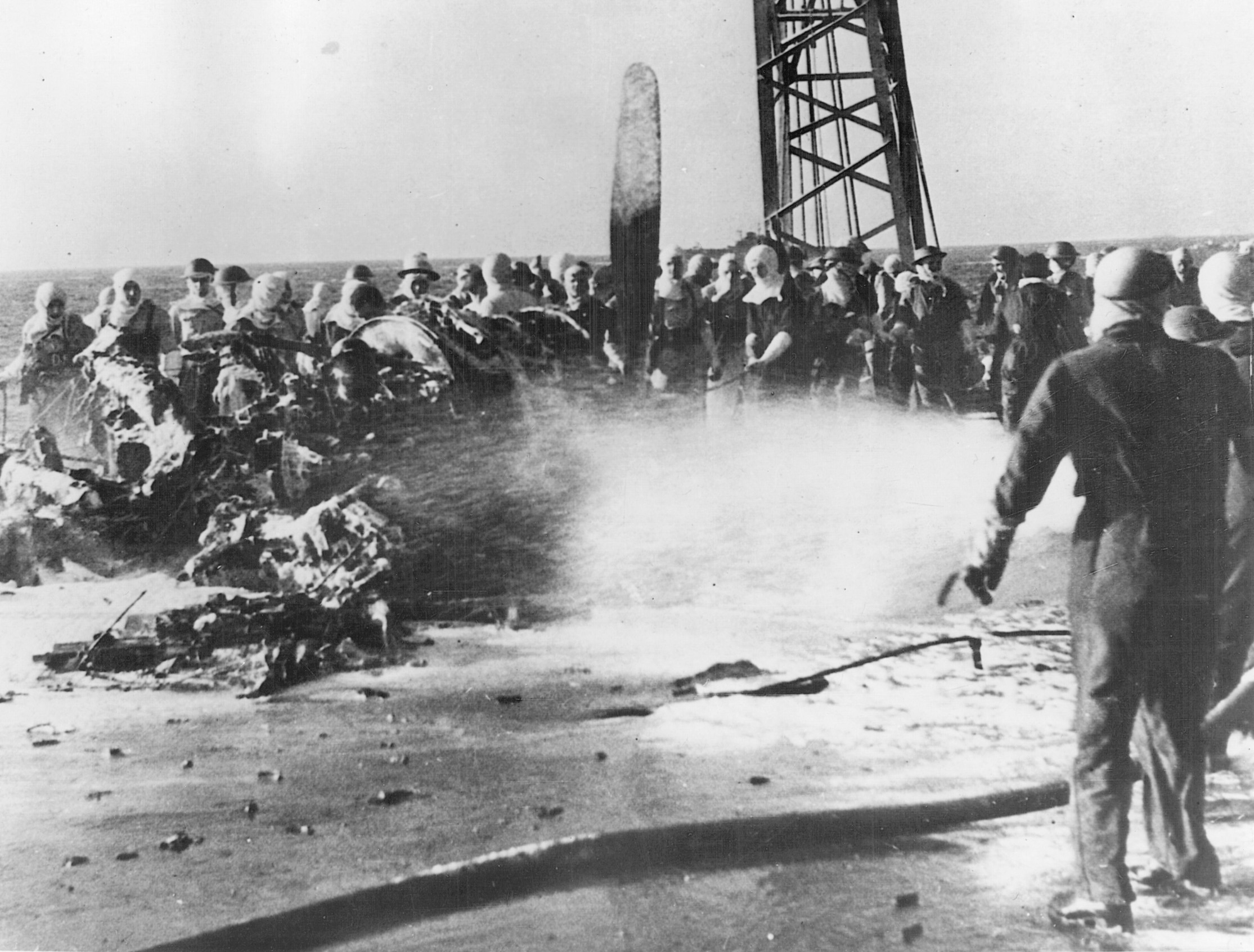
Caio To Italian Fleet At Taranto
It was a clear and moonlit night, the kind of night that would later come to be referred to as a “bombers moon.” The pilots could not have asked for more perfect conditions. Six torpedo bombers in the first wave of the attack dropped down to an altitude of only 35 feet and swept into the harbor to focus their attention on the battleships Littorio and Conte di Cavour. Their attack sent the Cavour to the bottom and left Littorio, which was one of Italy’s newest battleships, badly damaged. A second wave of attacking Swordfish inflicted more damage on Littorio and put a torpedo into the side of the battleship Caio Duilio. The attack on the Italian fleet at Taranto resulted in the sinking of one battleship and the crippling of three others, at a cost of two Swordfish lost and two others damaged. The Italian Navy was severely crippled for six months.
With the successful attack on Taranto, Illustrious had earned her place in history. However, within a few months, the new armored carrier found herself the objective of a massive air attack. On January 10, 1941, Illustrious was part of a task force assigned to escort a large convoy of British vessels bound for Greece and the Middle East when she came under air attack. The first attackers, Italian torpedo bombers, were driven off by Fulmar fighters flying from the carrier’s deck. The torpedo bombers proved to be a distraction, drawing British attention away from a large formation of Junkers Ju-87 Stuka dive-bombers and Ju-88 bombers that came in from the north at 12,000 feet. The Stukas screamed down on the carrier.
Illustrious Down But Not Out
Illustrious suffered seven bomb hits from the Stukas and was set on fire. Had it not been for the armored flight deck, the ship would probably have been sunk. As it was, Illustrious was out of the war for several months, undergoing repairs in the United States at the naval shipyards in Norfolk, Virginia. The carrier returned to service in time to provide support for the Allied landings on Madagascar in September 1942. Illustrious was the first British carrier to have search radar installed and the first to have a fighter control officer assigned. With the new equipment and tactics, her planes were credited with the destruction of 75 German and Italian planes within the span of six months.
HMS Formidable also saw action with the Mediterranean Fleet. Only recently commissioned, Formidable had just joined the fleet after sailing through the Suez Canal. The air group on Formidable included a squadron equipped with Fairey Albacore torpedo bombers, which were somewhat faster than the Swordfish. The Albacore’s crew was also protected from the elements by an enclosed cockpit, but the airplane was still lacking by World War II standards.
Formidable in Pitched Battle With Italians
On March 28, 1941, while Illustrious was still in the United States undergoing repair, Formidable played a major role in the Battle of Cape Matapan. Admiral Andrew B. Cunningham, the British commander, attempted to engage the remnants of the Italian Navy with surface vessels, but the British cruisers were slower and not as well armed as those of the Italians. When it appeared that the Italians were getting the best of the British cruisers, Cunningham ordered the launching of a flight of six Albacores. In spite of “friendly fire” aimed at them by sailors who thought they were the enemy and attacks by German fighters, the Albacores pressed on their attack, although with negligible results. Frustrated that the Italians were escaping, Cunningham ordered a second attack, this time by three Albacores and a pair of Swordfish, led by Lt. Cmdr. J. Dalyell-Stead.
In a reversal of the situation that led to the severe damage of Illustrious a few weeks before, the small force of torpedo bombers benefited from a high altitude attack by RAF Blenheim bombers flying from Greece. The bombers diverted the attention of the Italian sailors. When the Italians spotted the low-flying torpedo bombers, a withering fire was directed at the planes, striking the lead aircraft. Lt. Cmdr. Dalyell-Stead, however, managed to release his torpedo before his airplane went into the sea. It struck the Italian battleship Vittorio Veneto and blew a large hole in the ship’s stern, leaving her dead in the water.
German Planes Deliver Crippling Blow To Formidable
Two months later, Formidable herself was attacked by a dozen German dive-bombers near Crete. Although his military commanders advised that the island should be abandoned, British Prime Minister Winston Churchill insisted that it should be defended. After German paratroopers invaded the island, Admiral Cunningham deployed his cruisers and destroyers around Crete while Formidable provided air support from the south. The German Luftwaffe mounted an all-out effort against the British fleet, sinking three cruisers and six destroyers and putting several other capital ships, including Formidable, out of action. Although she escaped the battle, Formidable had suffered major damage in spite of her armored deck. She steamed across the Atlantic to join Illustrious at Norfolk for extensive repairs.
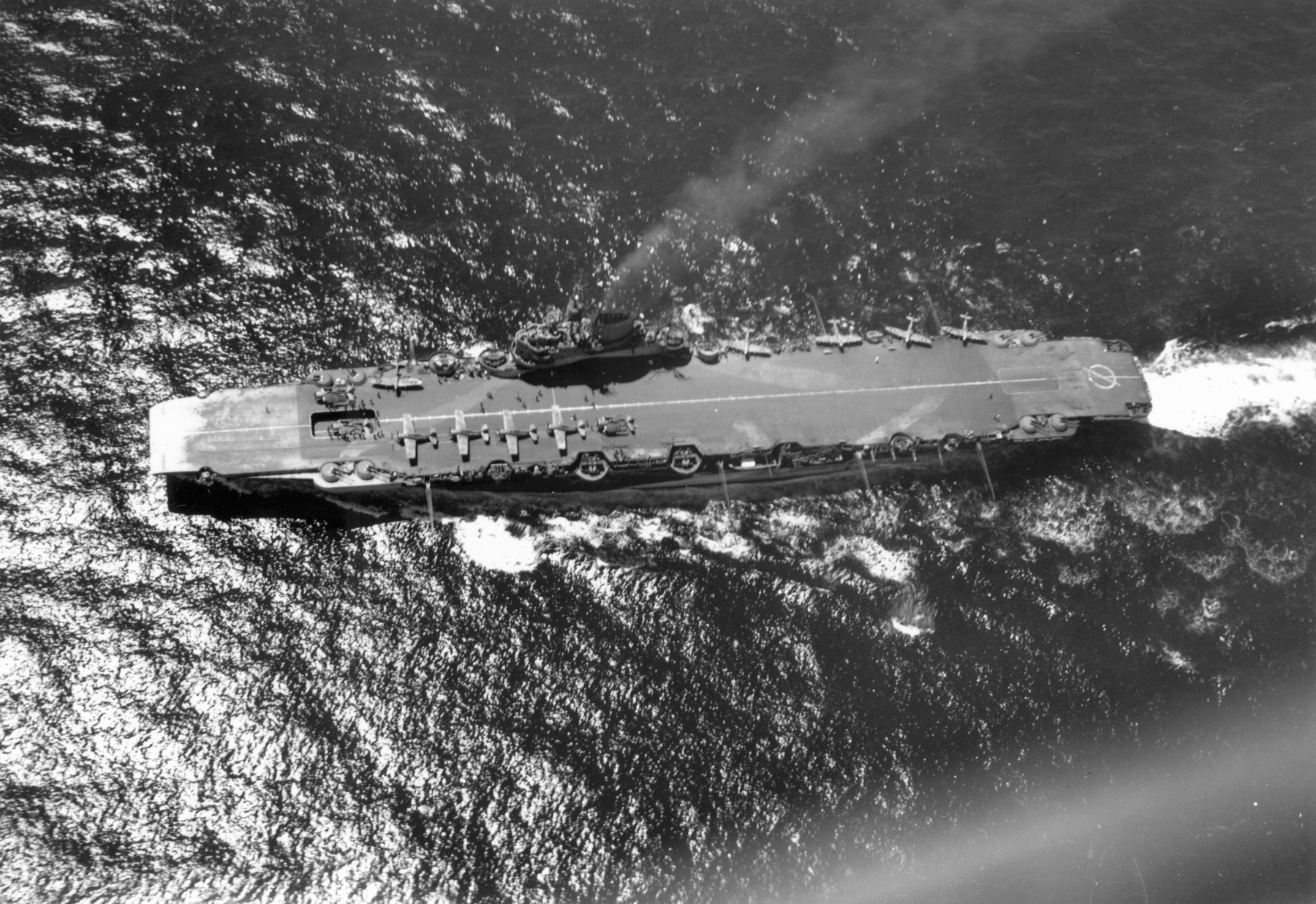
HMS Victorious was first assigned to the British Home Fleet, and in the spring of 1941 her planes were involved in the pursuit of the German battleship Bismarck. On May 24, a flight of nine Swordfish launched from her decks attacked the German battleship, but only one of their torpedoes struck the target, causing minimal damage.
British Carriers Join Pacific War
After her commissioning, Indomitable was assigned to the Indian Ocean in early 1942, along with Formidable, after the veteran ship’s repairs were completed, and HMS Hermes, one of the Royal Navy’s older carriers. Britain was now at war with Japan, and a task force of five carriers and five battleships was directed to seize control of the Indian Ocean. A Japanese attack on the British base at Colombo, Ceylon, inflicted major damage, but the Royal Navy force had withdrawn. A counterattack by the British failed when it was met by Japanese carrier aircraft. Two cruisers and Hermes were sunk. Indomitable participated in the invasion of Madagascar, then was brought back to England for convoy duty protecting ships bound for Malta. Like Formidable and Illustrious, Indomitable also suffered major battle damage at the hands of the Luftwaffe.
As German and Italian air and sea power began waning in the Mediterranean, the Royal Navy carriers were assigned to a supporting role, providing air cover for Allied amphibious operations in Sicily. With the need for sea power in the European Theater reduced, Britain was able to contribute more of its resources to the Pacific where carrier-based air power was continuing to play a major role.
HMS Victorious Allies With American Pacific Fleet
The first of the armored carriers to operate in the Pacific was Victorious. Upon completion of repairs and refitting in Norfolk, Victorious was loaned to the U.S. Navy, which was still short of carriers in the spring of 1943, and sent to Pearl Harbor to join U.S. Task Force 14, which was led by the USS Saratoga. Task Force 14 set sail for the Southwest Pacific and conducted air strikes against Japanese targets in the Solomon Islands. As camouflage, the U.S. Navy referred to Victorious as the USS Robin in dispatches and radio communications. The British carrier operated with the U.S. Navy in the Southwest Pacific until late 1943, then she returned to England for duty with the Home Fleet. A year later Victorious was once again in Pacific waters.
For the balance of the war, the major effort of the British Home Fleet carriers was the attempt to sink the German battleship Tirpitz. Victorious and Formidable, along with Indefatigable, one of the last two of the armored carriers to be commissioned, participated. Between January 1942 and August 1944, Fleet Air Arm aircraft launched from carriers participated in 10 raids against the battleship, although most were frustrated by bad weather or smoke screen. In April 1944, the Home Fleet launched a major offensive against Tirpitz, which at the time was undergoing repairs in the Norwegian port at Altenfjord. An attack by planes from Victorious and the carrier Furious on April 3, 1942, inflicted major damage to the ship’s superstructure, but did little damage to the hull. Home Fleet carrier aircraft continued operations against Tirpitz until August 1944, when the Royal Navy began directing its efforts toward the Pacific.
Illustrious Returns To Duty
In early 1944, HMS Illustrious returned to the Indian Ocean for duty with the Eastern Fleet. In a reversal of the earlier program when the Royal Navy lent Victorious to the U.S. Navy, the Americans lent the USS Saratoga to the British to serve with Illustrious for operations against Japanese targets in Java and Sumatra.
Later in the year, Illustrious was joined in the Pacific by her sister ship Victorious, along with Indomitable and the new carrier Indefatigable, to make up Task Force 63. The four carriers moved northeastward for air operations against the Japanese garrisons on islands that were being bypassed as General Douglas MacArthur’s Southwest Pacific Area of Operations forces moved northward from New Guinea to the Philippines.
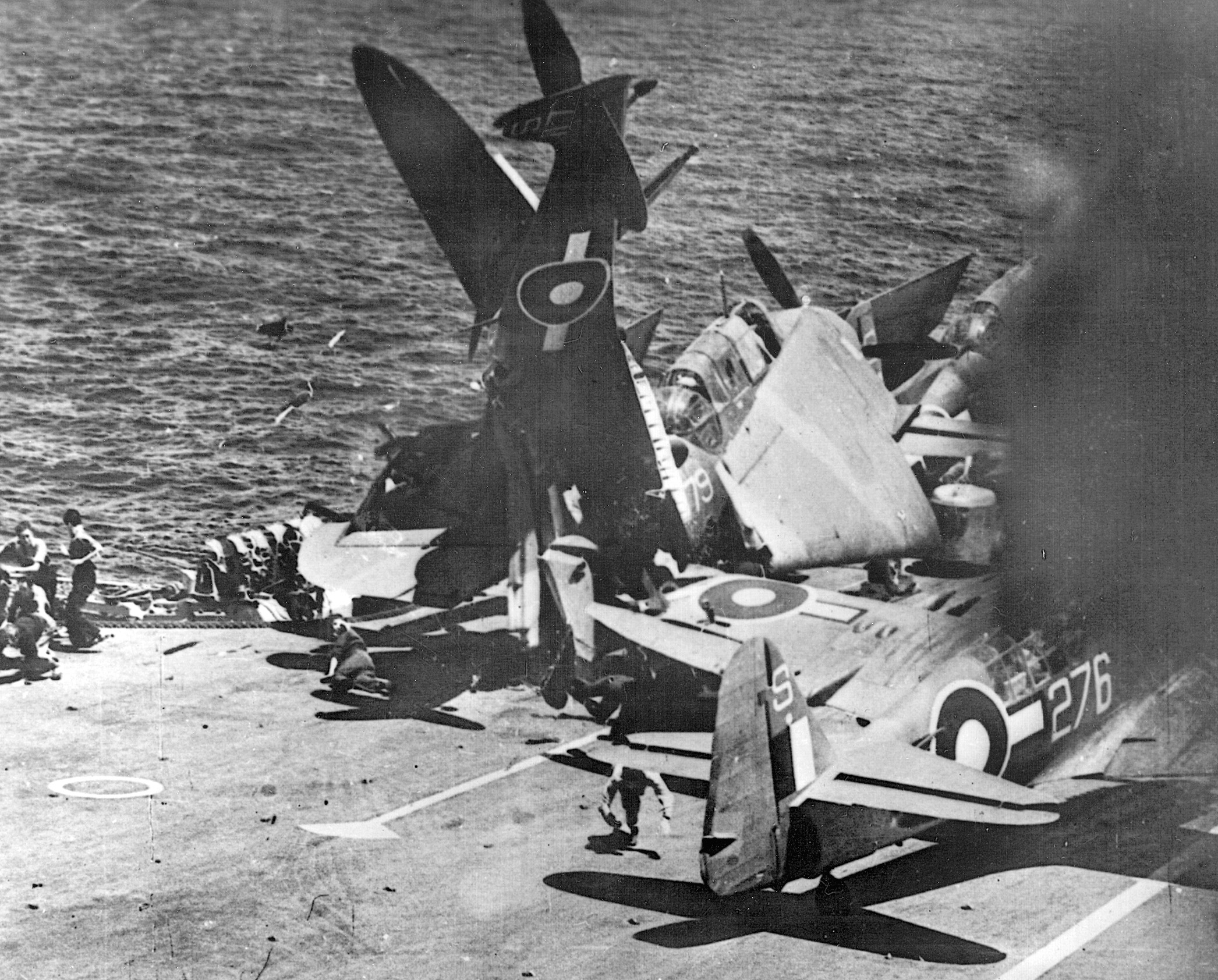
Britain Forms Task Force 57 In South Pacific
As the American forces concentrated their efforts northward, British and Commonwealth forces were given responsibility for pressing the Japanese in Sumatra and Java. At the end of 1944, the Royal Navy dissolved the old Eastern Fleet and replaced it first with the East Indies Fleet, and subsequently with the British Pacific Fleet. Illustrious, Indefatigable, Indomitable, and Victorious were all allocated to the new fleet, which was designated as Task Force 57.
In mid-March 1945, Task Force 57 joined the Allied Fifth Fleet and took up a station off of Sakashima Gunto, in the Ryukyu Islands, which include Okinawa. The Allies had begun pre-invasion bombardment in preparation for landings that had been scheduled on Sunday, April 1.
Japanese Unleash First Kamikaze Attacks
The initial Japanese kamikaze attacks of the war had taken place in the Philippines and gradually intensified as the fighting neared the Home Islands. Indefatigable was the first British carrier to sustain a hit by a kamikaze—on the day of the invasion. However, the carrier’s armored deck prevented major damage. Within an hour, her flight deck was operational again. Illustrious was next to be hit when she was struck by a kamikaze on either April 6 or April 9 (accounts differ) and somehow suffered damage beneath the waterline that forced the ship to withdraw to Leyte. By this time, the Illustrious had been in service for more than four years and had suffered a great deal of punishment. After temporary repairs, Illustrious continued southward to Sydney, Australia, then back to England. In five years of combat, the carrier had accrued a combat record that lived up to her name.
Formidable started for the Pacific in September 1944, but diverted into Gibraltar for repairs after a mechanical problem. In January she left to continue her journey to join the Pacific War and arrived on station on April 15, 1945, relieving Illustrious. Formidable took several kamikaze hits during the battle for Okinawa but was able to remain operational, at least in part due to her armored decks. Planes flying from Formidable participated in air strikes against the Japanese Home Islands during the final weeks of the war.
War’s End Nears
Indomitable took a kamikaze hit on May 4, but the Japanese plane simply slid along the flight deck and went over the side, causing minimal damage. Victorious took her first kamikaze hit on May 9, but the damage was minimized by the armored deck and she continued in the fight.
Implacable was the last of the armored deck carriers to be commissioned and the last to arrive in the Pacific. Her combat career in the European Theater had been limited to anti-shipping operations off the Norwegian coast, and the carrier was damaged in a storm and forced into dry dock for repairs in December 1944. Implacable departed for the Far East to join the Pacific Fleet, but the battle for Okinawa ended before she got there. After some “training strikes” against the bypassed Japanese installations on the fortress island of Truk in the Carolines group in mid-June, Implacable moved north in time to take part in the carrier strikes against the Japanese Home Islands.
Armored Decks Prove Their Worth
No doubt, due at least in part to their armored flight decks, all six of the carriers survived the war. There can be little doubt that the armored decks saved Illustrious from destruction and that they similarly protected Formidable. The armor under the decks allowed the British carriers to continue to operate after kamikaze strikes in the Okinawa campaign when they sustained hits that would probably have put U.S. carriers out of action for extended periods.
The armored decks of the British Illustrious-class aircraft carriers represented a differing philosophy from that of U.S. Navy carrier designers. The Americans had chosen to employ wooden flight decks, sacrificing some degree of protection for greater aircraft capacity.
The debate continues as to which design was ultimately superior. However, each proved its worth in differing circumstances. The British carriers were able absorb great punishment and remain afloat; however, the Americans were able to put larger numbers of planes in the air during the early, critical stages of the War in the Pacific.
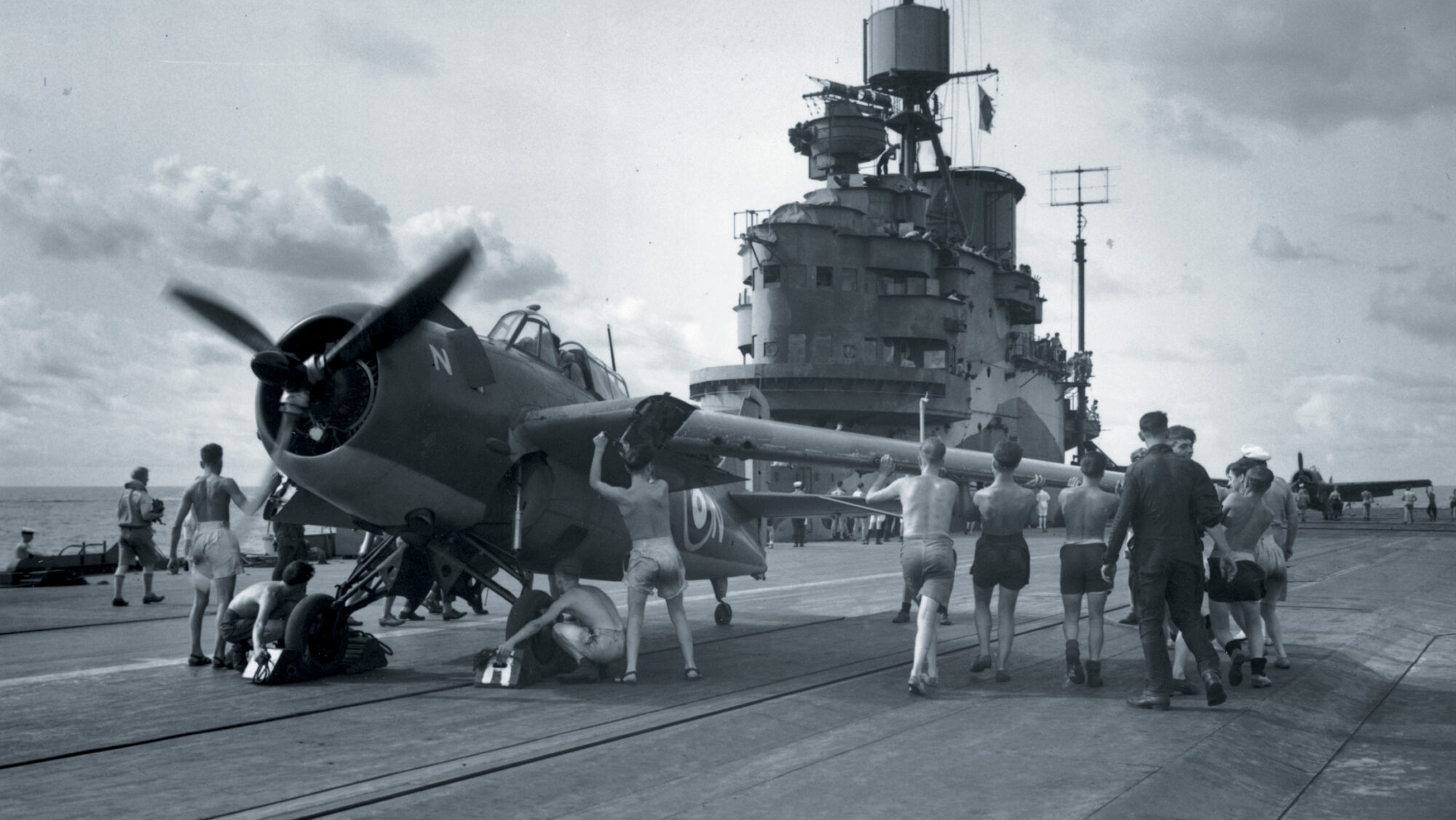
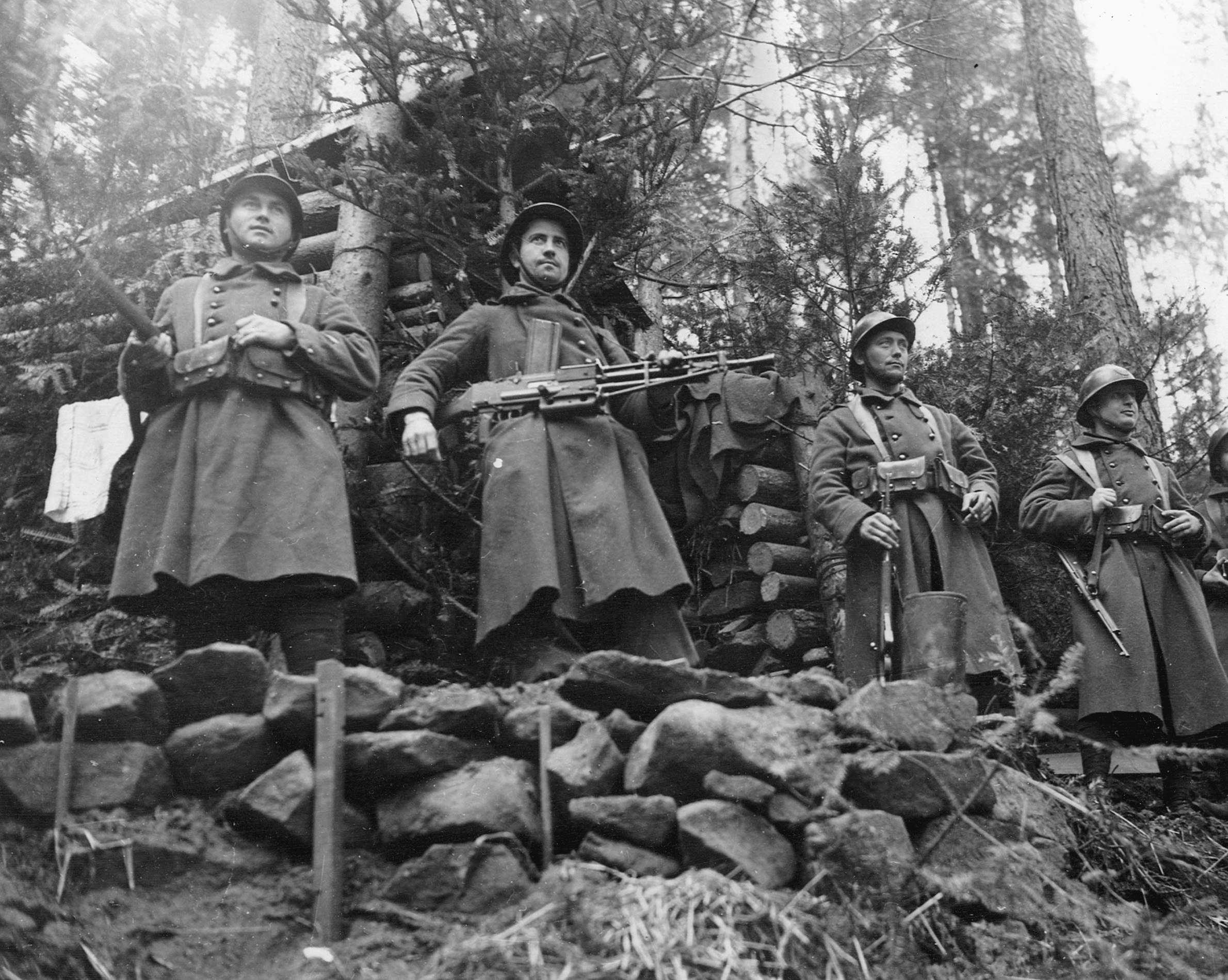
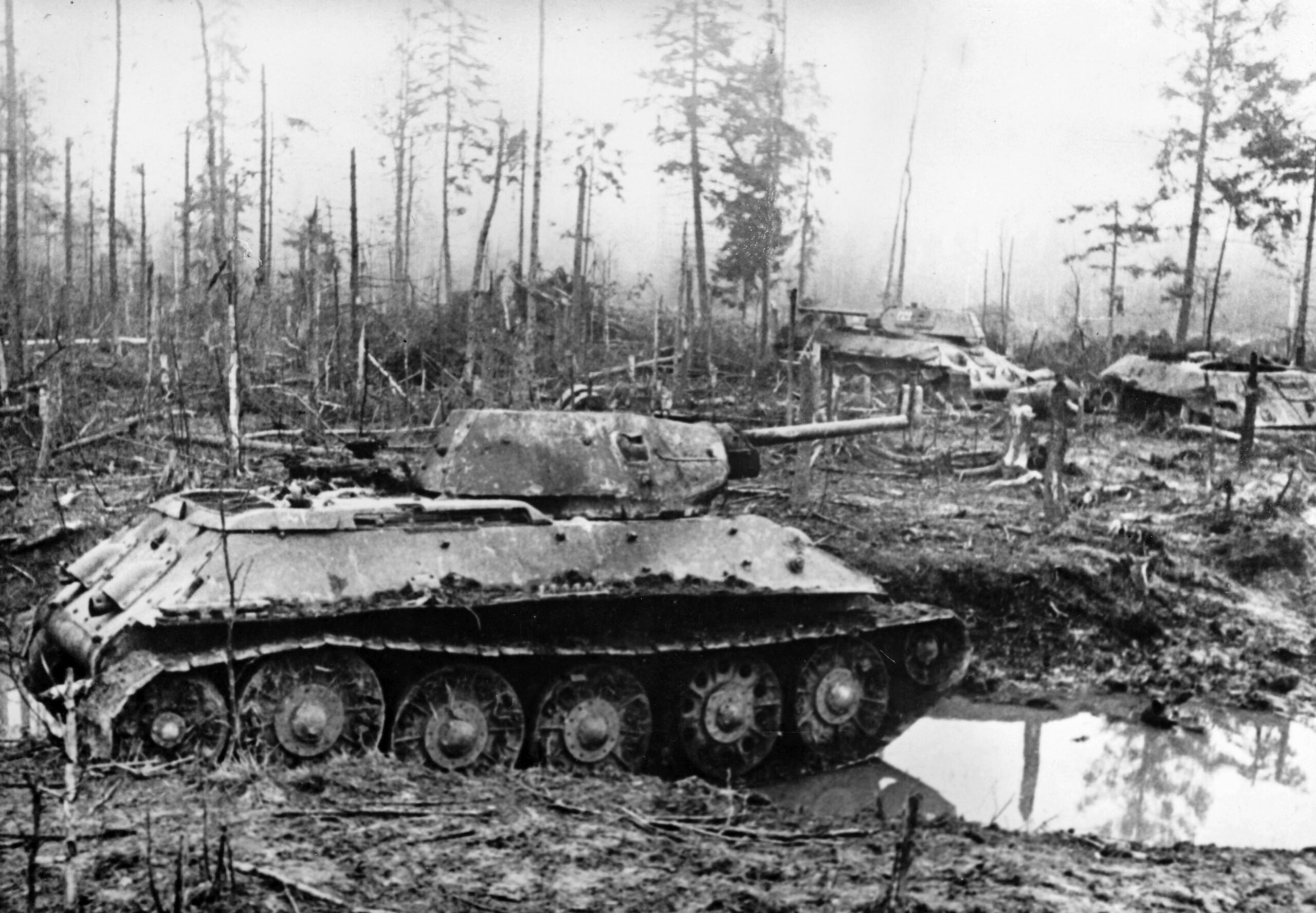
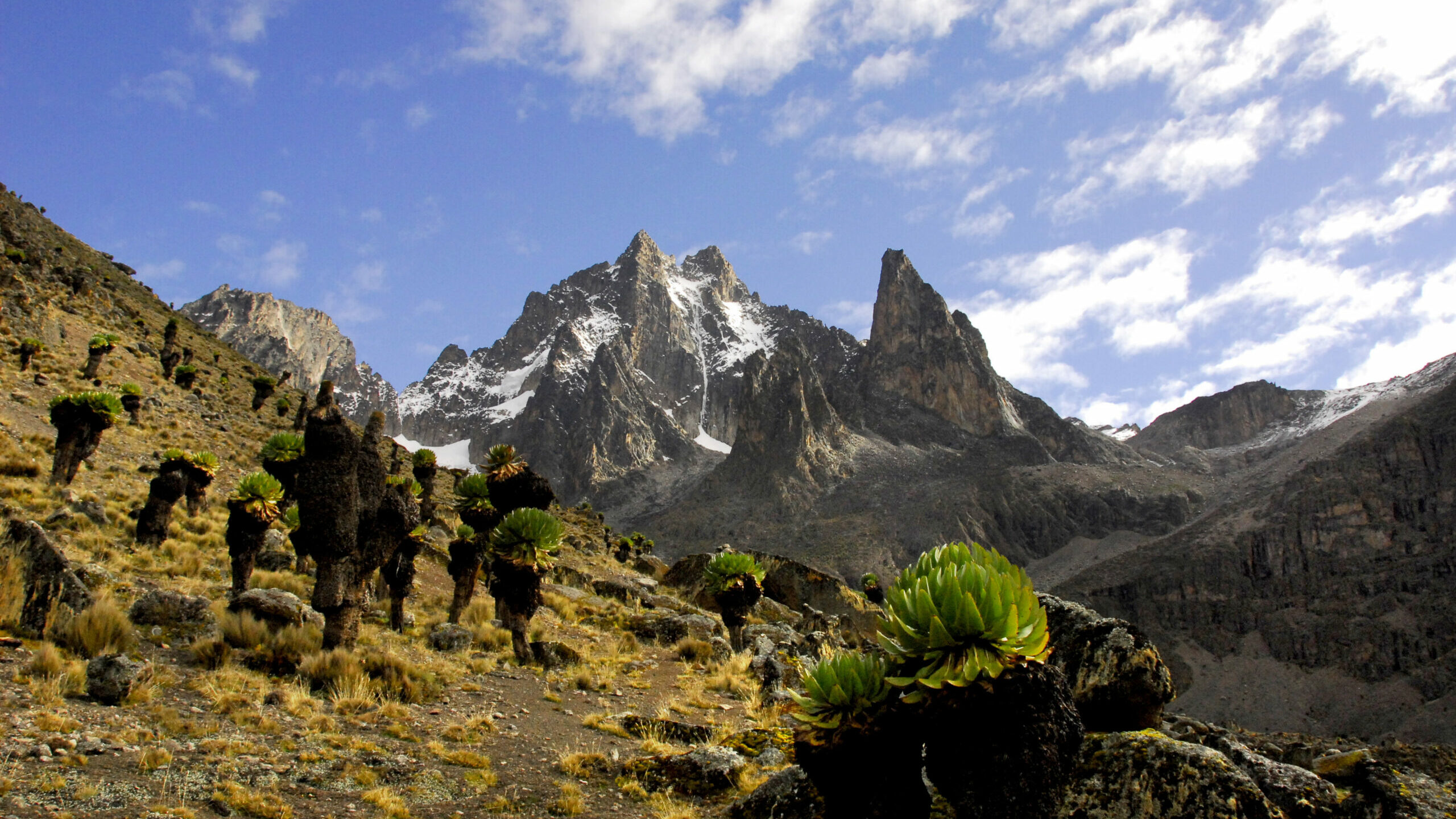
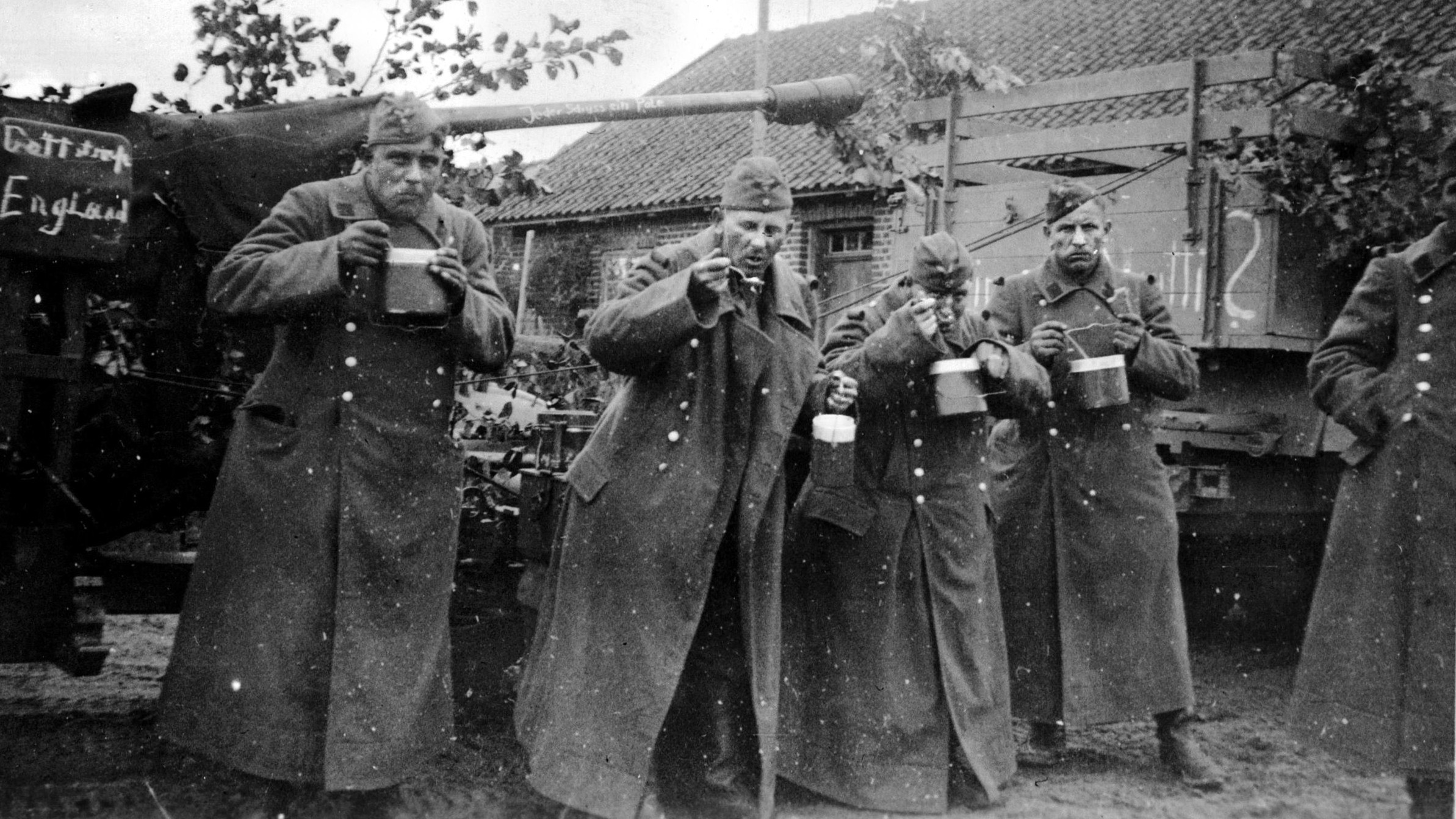

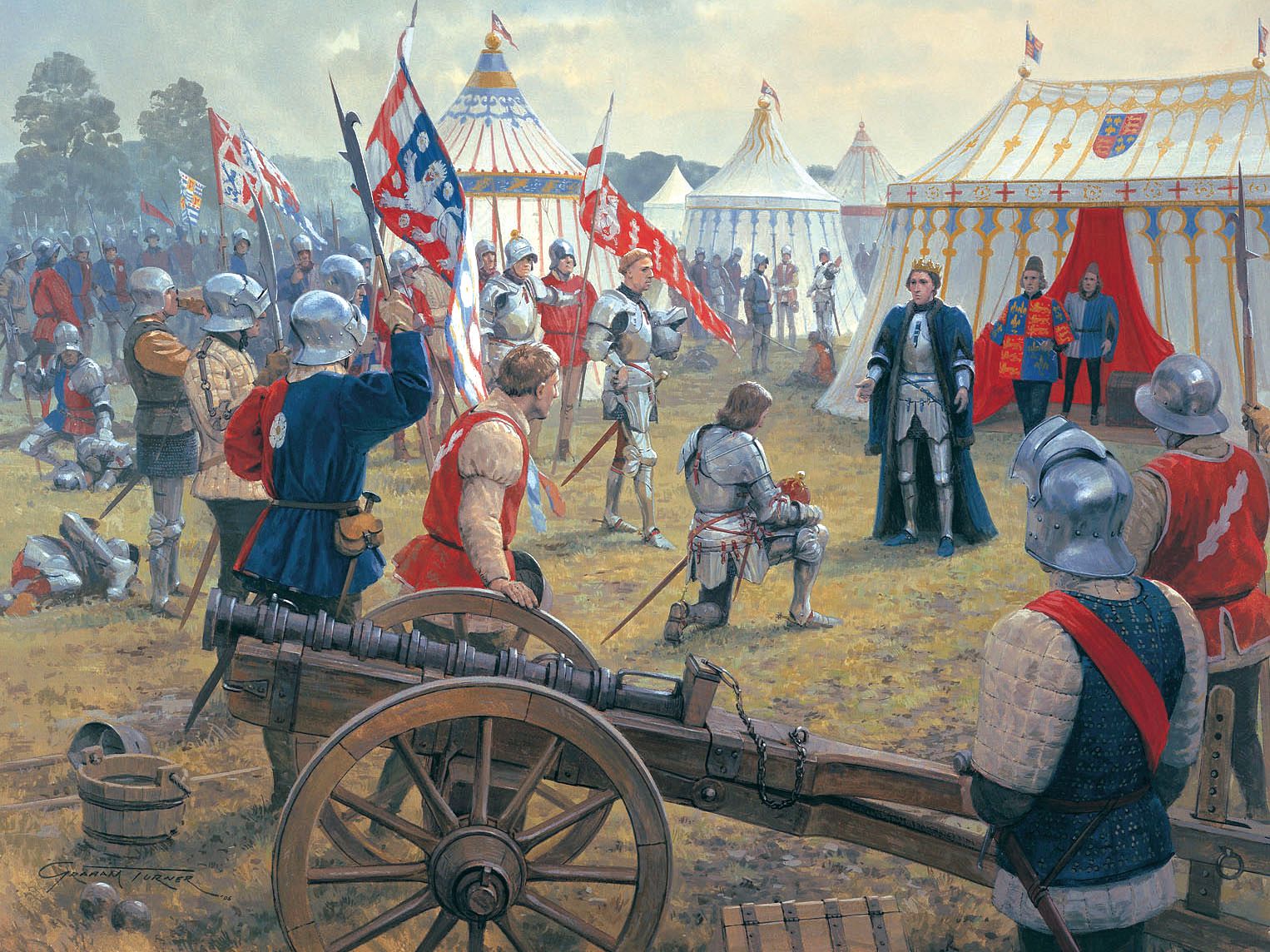
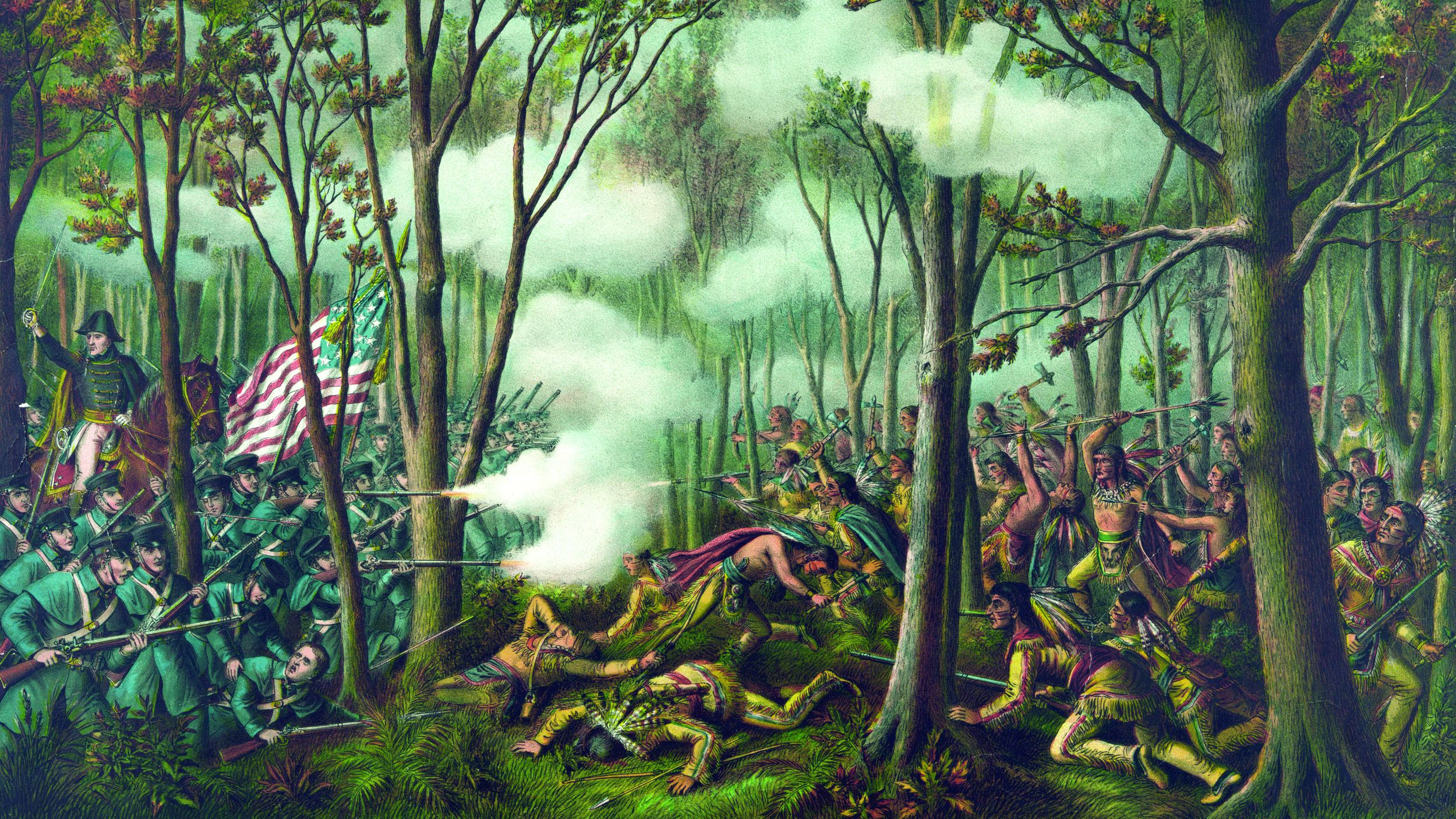
Perhaps some consideration could be given to differing expected operating conditions between US and British carriers. The US focused on the maximum carrier first strike, to knock out the enemy carrier before they themselves were knocked out by a similar strike. In the Pacific where the contest was between opposing highly mobile fleets any damaged carrier was expected to be a lost carrier, if Sea Control was lost. For Britain Sea Control was rarely in dispute. Unless damage was fatal they could usually extricate the damaged ship, so long as they could get outside the range of land based enemy bombers. As a consequence, surviving a major strike was more important for the Royal Navy than delivering a massive first strike. As in the case of Illustrious and Formidable massive damage was incurred and both were extricated to fight another day.